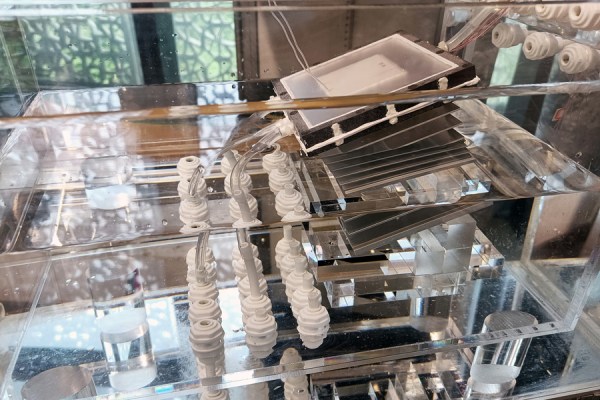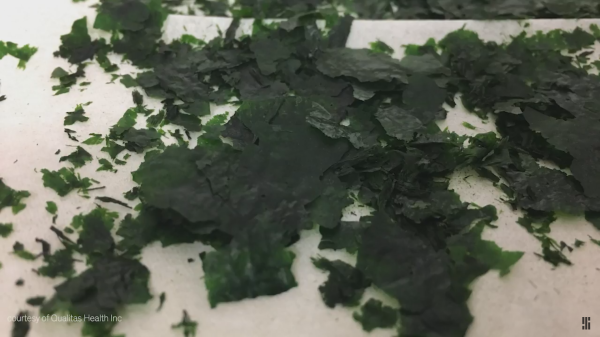Getting fresh water from salt water can be difficult to do at any kind of scale. Researchers have developed a new method of desalinating water that significantly reduces its cost. [via Electrek]
By mimicking the thermohaline circulation of the ocean, the researchers from MIT and Shanghai Jiao Tong University were able to solve one of the primary issues with desalination systems, salt fouling. Using a series of evaporator/condenser stages, the seawater is separated into freshwater and salt using heat from the sun.
Evaporating water to separate it from salt isn’t new, but the researchers took it a step further by tilting the whole contraption and introducing a series of tubes to help move the water along and create eddy currents. These currents help the denser, saltier water move off of the apparatus and down deeper into the fluid where the salt doesn’t cause an issue with the device’s operation. The device should have a relatively long lifetime since it has no moving parts and doesn’t require any electricity to operate.
The researchers believe a small, suitcase-sized device could produce water for a family for less than the cost of tap water in the US. The (paywalled) paper is available from Joule.
If you’re curious about other drinking water hacks, check out this post on Re-Imagining the Water Supply or this previous work by the same researchers.












